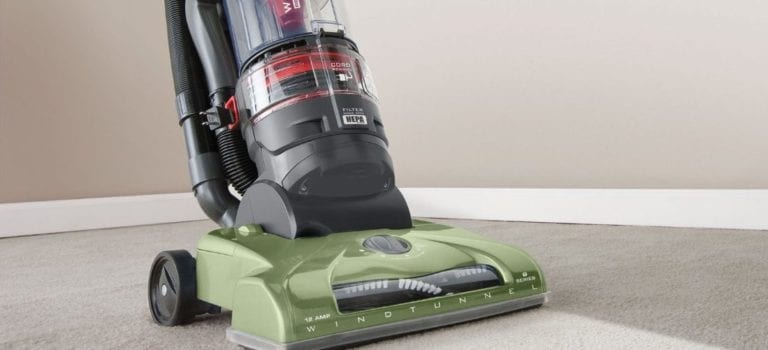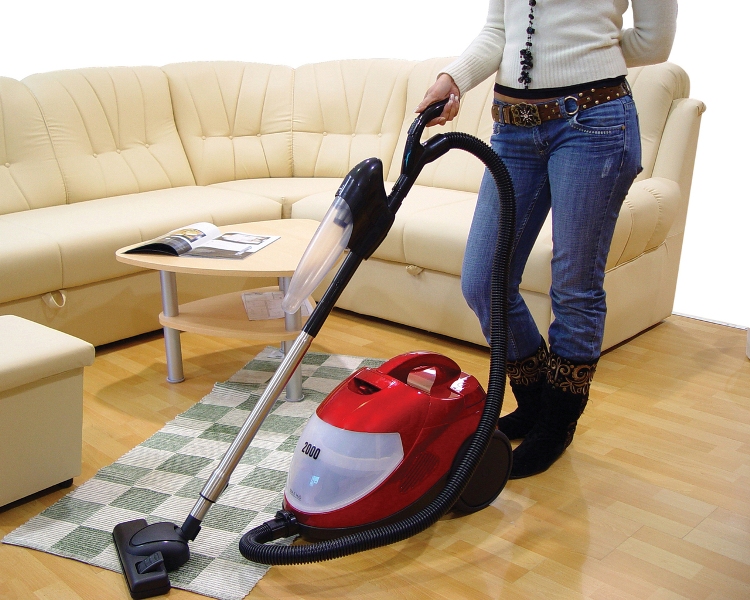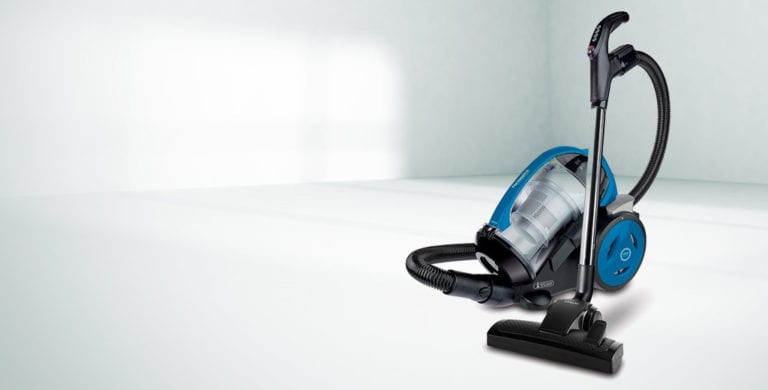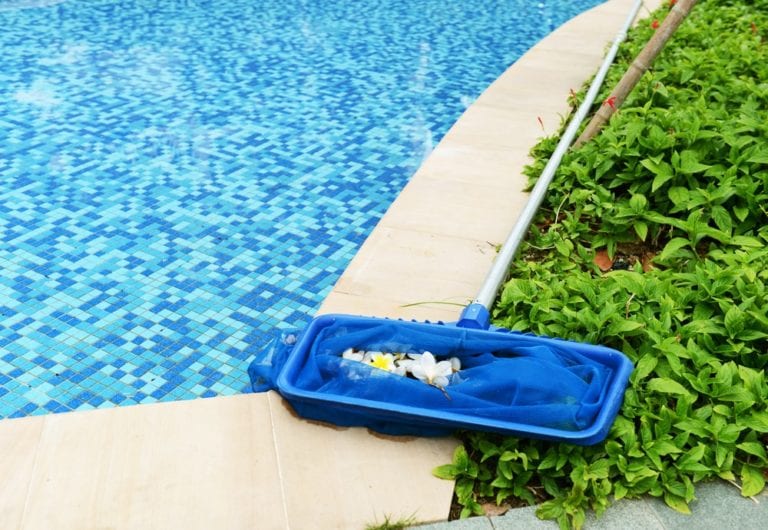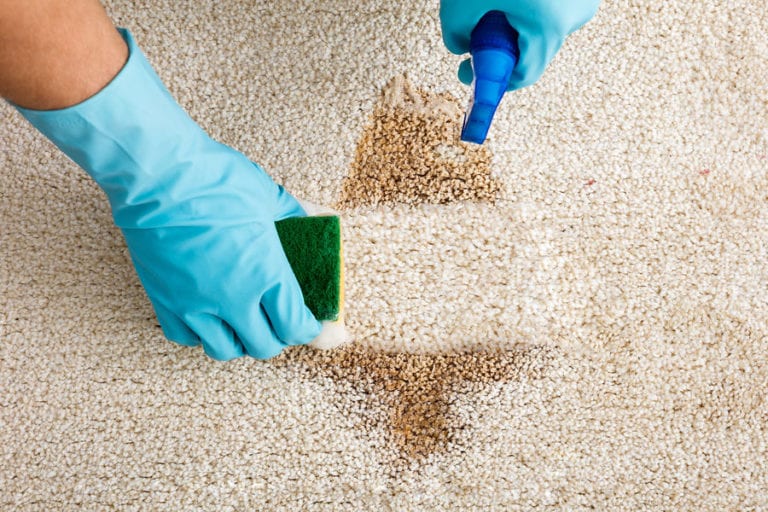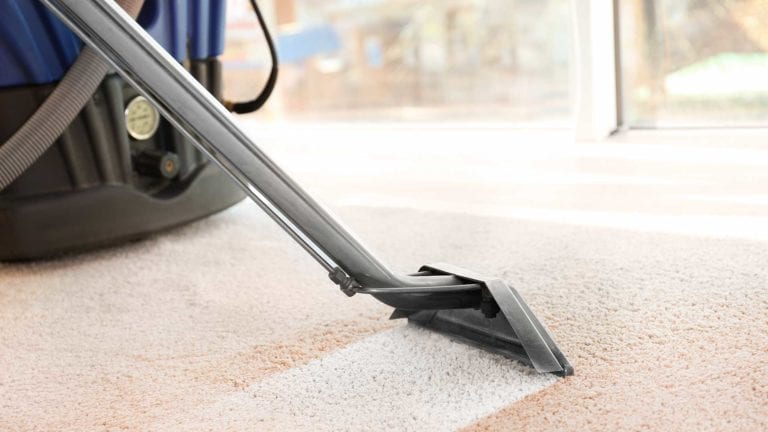5 Essential Elements of Boho Decor: What Is Boho Decor?
Adding a bit of bohemian flair to your home can truly brighten it up and bring a unique warmth. Boho style has been gaining in popularity lately as modern folks look for creative decorating ideas that allow them to express their personality without committing themselves too much to any one particular design aesthetic. But what…

